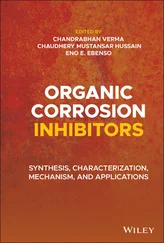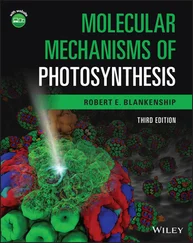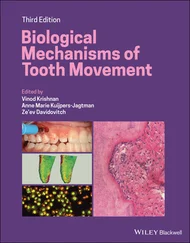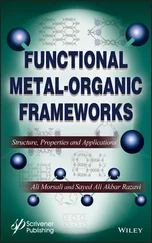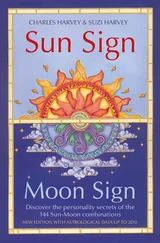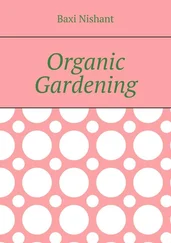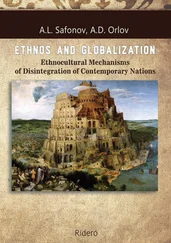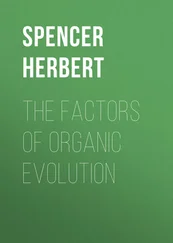Editorial Office 111 River Street, Hoboken, NJ 07030, USA
For details of our global editorial offices, customer services, and more information about Wiley products visit us at www.wiley.com.
Wiley also publishes its books in a variety of electronic formats and by print‐on‐demand. Some content that appears in standard print versions of this book may not be available in other formats.
Limit of Liability/Disclaimer of Warranty
In view of ongoing research, equipment modifications, changes in governmental regulations, and the constant flow of information relating to the use of experimental reagents, equipment, and devices, the reader is urged to review and evaluate the information provided in the package insert or instructions for each chemical, piece of equipment, reagent, or device for, among other things, any changes in the instructions or indication of usage and for added warnings and precautions. While the publisher and authors have used their best efforts in preparing this work, they make no representations or warranties with respect to the accuracy or completeness of the contents of this work and specifically disclaim all warranties, including without limitation any implied warranties of merchantability or fitness for a particular purpose. No warranty may be created or extended by sales representatives, written sales materials or promotional statements for this work. The fact that an organization, website, or product is referred to in this work as a citation and/or potential source of further information does not mean that the publisher and authors endorse the information or services the organization, website, or product may provide or recommendations it may make. This work is sold with the understanding that the publisher is not engaged in rendering professional services. The advice and strategies contained herein may not be suitable for your situation. You should consult with a specialist where appropriate. Further, readers should be aware that websites listed in this work may have changed or disappeared between when this work was written and when it is read. Neither the publisher nor authors shall be liable for any loss of profit or any other commercial damages, including but not limited to special, incidental, consequential, or other damages.
Library of Congress Cataloging‐in‐Publication Data Names: Sun, Xiaoping, 1960– author. Title: Organic mechanisms : reactions, methodology, and biological applications / Xiaoping Sun, University of Charleston, Charleston, West Virginia. Description: Second edition. | Hoboken, NJ : Wiley, 2021. | Includes index. Identifiers: LCCN 2020020410 (print) | LCCN 2020020411 (ebook) | ISBN 9781119618829 (cloth) | ISBN 9781119618843 (adobe pdf) | ISBN 9781119618867 (epub) Subjects: LCSH: Organic reaction mechanisms. Classification: LCC QD502.5 .S86 2021 (print) | LCC QD502.5 (ebook) | DDC 547/.139–dc23 LC record available at https://lccn.loc.gov/2020020410LC ebook record available at https://lccn.loc.gov/2020020411
Cover image: Light against rippled background (Digital) © Chad Baker/Getty Images, Organic mechanism diagram Courtesy of Xiaoping Sun
Cover design by Wiley
The first edition of this book, Organic Mechanisms: Reactions, Methodology, and Biological Applications , was published in July 2013. In January 2019, Mr. Jonathan Rose, Senior Editor of Wiley in Hoboken, New Jersey, asked me to consider writing the second edition of the book. We both realized that because 6 years had passed since the publication of the first edition, it would be necessary to update the book with a new addition to meet the increasing needs for various upper‐level college students, instructors, and practicing chemists. I came up with a detailed proposal regarding how to modify the book and what new information will be added to the second edition. The proposal received very favorable peer reviews and was approved by Wiley in March 2019. Then I started writing the new edition. It took me 11 months to finish writing the second edition of the book. Meanwhile, I was teaching full‐time as well.
Since 1998, I have been on faculty at two higher educational institutions, West Virginia University Institute of Technology (1998–2001) and University of Charleston (2001–present). My current and previous research interests have much emphasis on reaction mechanisms. When I teach upper‐level organic chemistry and biochemistry courses, the lectures are also strongly mechanisms based. In the past 20 years or so, my teaching and research have been reinforcing each other. Now, I wish to share my experiences with other colleagues, students, and different scientific workers in the chemical community by publishing the second edition of this book. Much new information, particularly many more new examples of biological applications and green chemistry methodology which encompass important organic reaction mechanisms, has been included in the updated edition.
The second edition of the book consists of 10 chapters. It starts with reviews of various fundamental physicochemical principles ( Chapter 1), which are essential for studying organic mechanisms. General principles of green chemistry methods and enzymatic catalysis have been added to Chapter 1in the new edition. Then, each of the following chapters is devoted to one major class of organic reactions. Thorough discussions on various reaction mechanisms are presented in the book in a very good detail, and a sophisticated and readily understandable manner. Special attention has been paid to mechanisms of different organic functionalization processes, such as methodology of aliphatic CH bond activation and functionalization, charge‐transfer aromatic nitration and recently developed chemistry of aromatic compounds, and cycloaddition of alkenes to 1,3‐dipolar‐like molecules. Substantial efforts have been made in demonstrating direct applications of organic mechanisms in elucidating sophisticated biological and biochemical processes and designing organic synthesis. This can be seen throughout all the chapters and reflects a remarkable feature of the book. In the second edition, many new examples of cycloaddition reactions, including those conducted in water representing green chemistry methodology, have been added in Chapter 4. Some new electrophilic aromatic substitution reactions developed in the recent 10 years or so have been added in Chapter 5. More biological applications in enzymatic reactions involving key organic mechanisms have been added in Chapters 6and 8. Chapter 7(Eliminations) has been essentially rewritten to cover many more interesting and challenging elimination reaction mechanisms and applications.
To facilitate teaching and learning, a Solutions Manual and PowerPoint slides of all the figures will be provided by the author and will be available for professors on the book’s page on www.wiley.com\go\Sun\OrgMech_2e. I greatly appreciate all the constructive comments given by peer‐reviewers. The reviewers' comments have helped the author tremendously in improving the book.
I would like to take this opportunity to dedicate my book to Dr. Jack Passmore, my former PhD supervisor, and to my organic chemistry and biochemistry students at University of Charleston. The book is also dedicated to my wife Cindy and my son Oliver.
Xiaoping Sun, PhD
Professor of Chemistry Charleston, West Virginia June 2020
In Summer 2010, I was contacted by Mr. Jonathan Rose, a senior editor of Wiley in Hoboken, New Jersey, for book review and possibly writing an organic mechanisms‐based textbook. We both agreed that a new book in this subject will meet the increasing needs of various upper‐level college students, instructors, and practicing chemists. I took up the challenge and came up with a detailed proposal regarding the contents, style, and features of the book. The proposal received favorable peer reviews and was approved by Wiley in December 2010. Then I started the writing process. It took me 18 months to finish writing the book. Meanwhile, I was teaching full‐time as well.
Читать дальше


